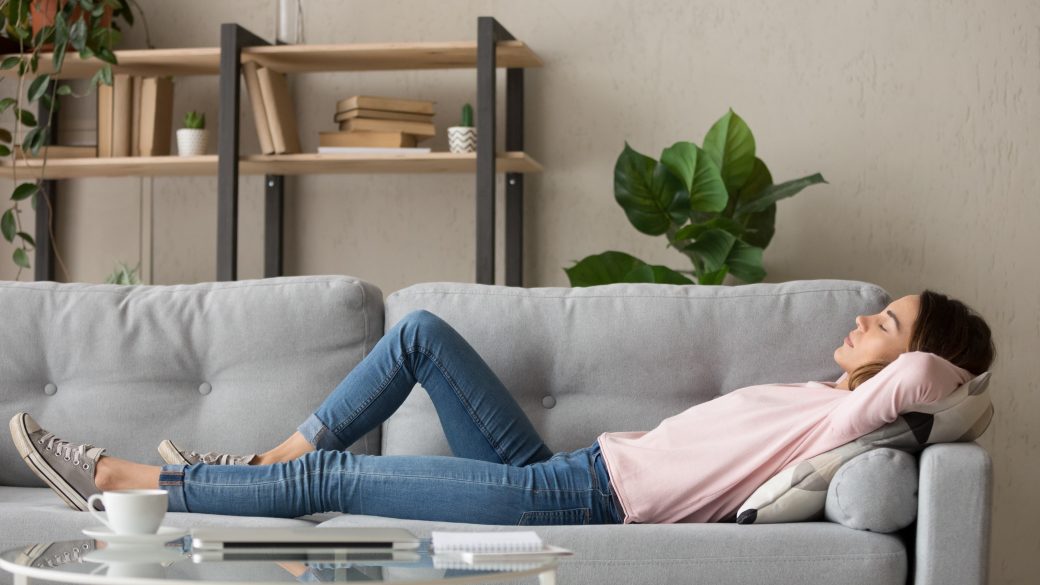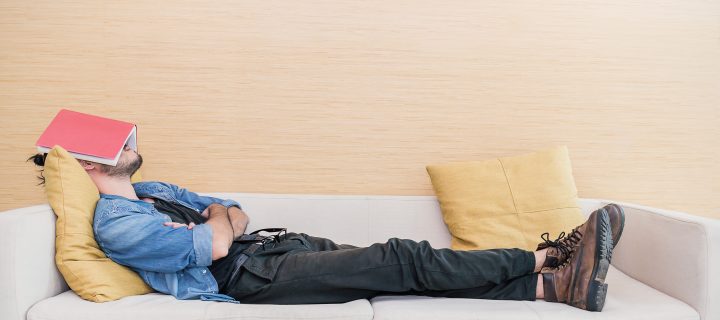With the majority of our days being spent at home, it seems like we’re doing everything – bread-making, video-dating, headstand-practicing, etc. – except sleeping.
And while sleeping seems like anything but productive, which is how we all want to feel if we’re stuck indoors, it turns out daily naps are from being lazy – in fact, they could be the answer to enhancing your productivity.
A good power nap can boost your mood and have you feeling more alert – plus, our DNA actually craves them.
“All humans, irrespective of culture or geographical location, have a genetically hardwired dip in alertness that occurs in the mid-afternoon hours,” explained Dr Matthew Walker, a neuroscience professor at University of California, Berkeley.
In fact, instead of an afternoon coffee to get you through the afternoon, The National Sleep Foundation says a nap can bring about more improvement in productivity.

Along with better productivity, a daytime snooze can alleviate bad moods, relieve tension, anxiety, and stress, making you feel more upbeat overall. You’ll wake up feeling relaxed, and much more patient with those you’re quarantining with, whether it’s family, friends, or cranky kids.
One important factor of power napping is timing. Like the old adage goes, timing is everything.
“If you nap for longer than 20 minutes you will begin to enter the REM stage, which is one of the deepest stages of sleep,” explained Dr Nerina Ramlakhan, a physiologist and sleep therapist. “Interrupting this stage is what gives you sleep inertia, which is that groggy, sick feeling you get after a badly timed nap.”
Related: This is the Perfect Amount of Napping Time, According to a Sleep Doctor
The best naps therefore occur in the ‘light’ stages of sleep, almost in limbo of being neither asleep nor awake. “You’ll most likely still be aware of thoughts, noises, and sensations while being in a deep state of relaxation,” added Ramlakhan.
Just as important as timing is how you nap.
“That natural dip in energy occurs around 2 to 3pm, making this the best time to power nap. But try to avoid getting into bed, or at the very least under the covers. You don’t want to feel too comfortable, as you’re more likely to sleep longer if you do. This may have a negative impact on the quality of your nightly snooze,” explains Ramlakhan.
So don’t be afraid to dim the lights and get comfy in the afternoon for a quick snooze, and you’ll feel more energized and productive for the rest of the day.
Photo Credit: paulaphoto/Shutterstock.com; fizkes/Shutterstock.com












